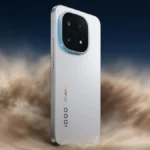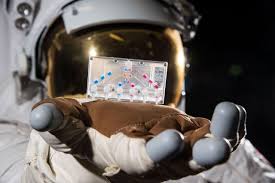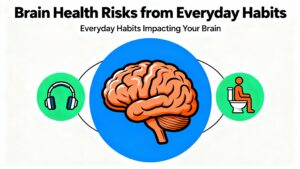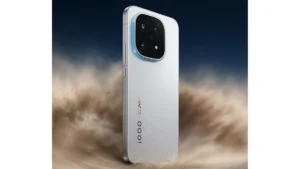When the Artemis II astronauts fly around the Moon, they will not be flying alone, there will be tiny “passengers” on board, about the size of a USB drive. These passengers are neither instruments nor robots, but organ-on-a-chip devices that contain living human cells as part of NASA’s new exploration innovation, AVATAR (A Virtual Astronaut Tissue Analog Response).
What is AVATAR?
The AVATAR investigation accesses how deep space conditions, such as radiation and microgravity, affect the human body. This investigation specifically uses engineered organ chip models of bone marrow. Bone marrow is of interest because it is responsible for producing red blood cells, white blood cells, and platelets, which are essential to immunity and potential disease detection.
How the Chips are Made
Prior to the mission, the Artemis II astronauts will donate platelets to a local medical system. These samples will then be processed to isolate the stem and progenitor cells associated with bone marrow. After purification, the live cells will be transferred to organ chips with blood vessel cells and supportive cells, creating a miniature, yet functional, model of human marrow.
The use of personalized organ chips, matched directly to astronauts will be new since it will be the first time such chips are launched beyond low Earth orbit. That said, the technology has already been used on the ground, as well as in low-orbit studies to recreate organs, such as brain, lungs, liver, and heart. But AVATAR pushes the envelope of NASA science – personalized biomedical research in deep space.
Why it Matters for Artemis Science
By studying how each astronaut’s cells respond to the space environment, scientists hope to define individual biology within the boundary of space. This could be beneficial in the design of personalized medical kits and preventative treatment for future space missions in deep space. Since these activities are essential for a long-duration exploration whether on the Moon or Mars, it sets the stage for the future of exploration.
Benefits to Human Health on Earth
The AVATAR study isn’t just applicable to space. The understanding we gain could help human health research on Earth, including the formation of new methods for treating diseases such as cancer and immune-disorder diseases. NASA is working with U.S. government agencies, universities, and private companies to increase the potential for this work.
The Wider View
As Artemis II prepares to take people around the Moon, for the first time in decades, the presence of organ chips reinforces a fundamental truth: exploration has links to medicine. While studying human biology under the stress of spaceflight, NASA puts the health of astronauts first and supports science that may help to transform healthcare on Earth.












More Stories
iQOO 15 Launching November 26: Snapdragon 8 Elite Gen 5, 7-Year Update Promise & Everything You Need to Know
Why Cloud Seeding Failed to Bring Rain in Delhi: IIT Kanpur Director Explains
iPhone 17 vs iPhone 17 Pro vs iPhone Air: Price Comparison Across Key Markets